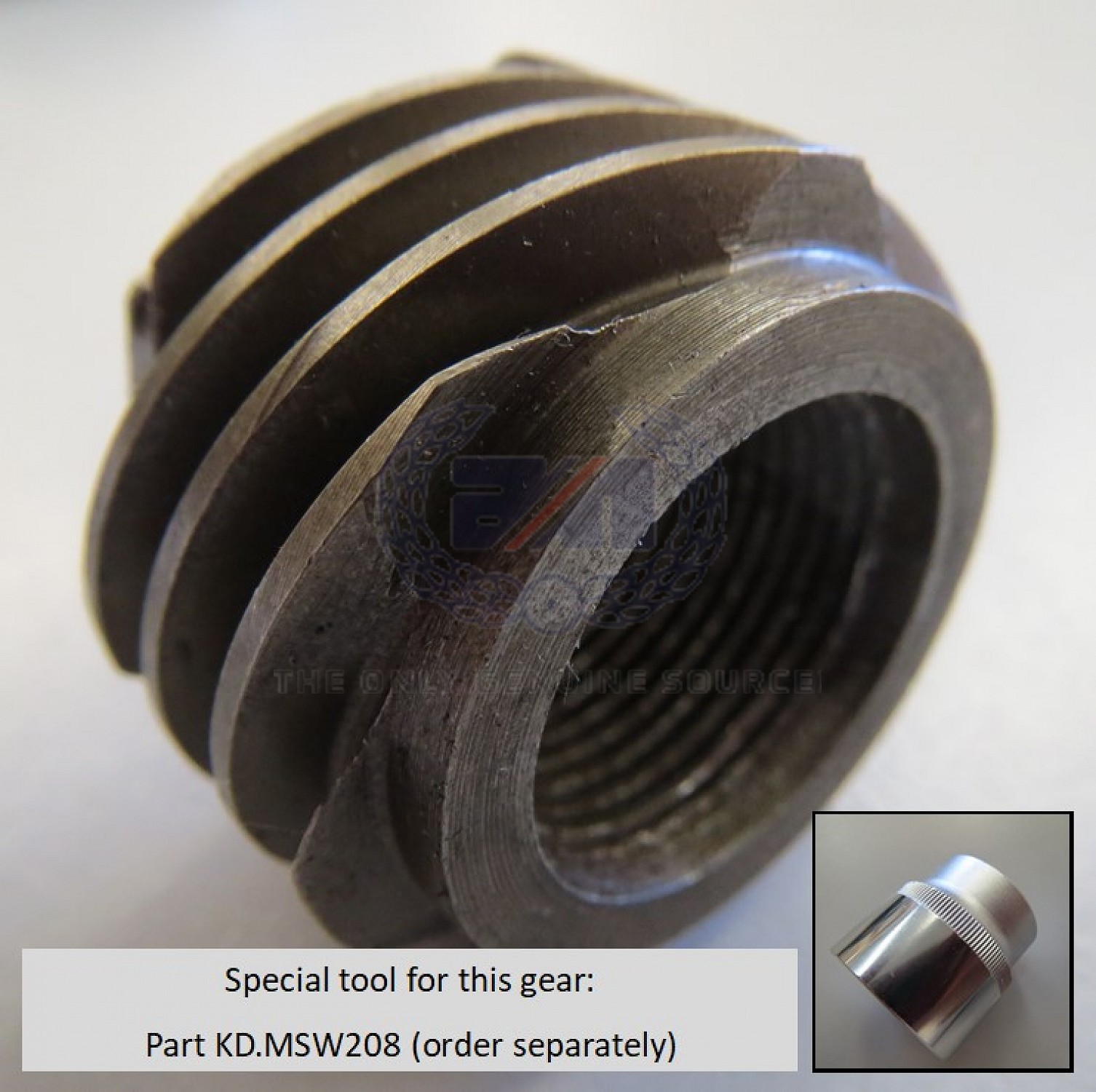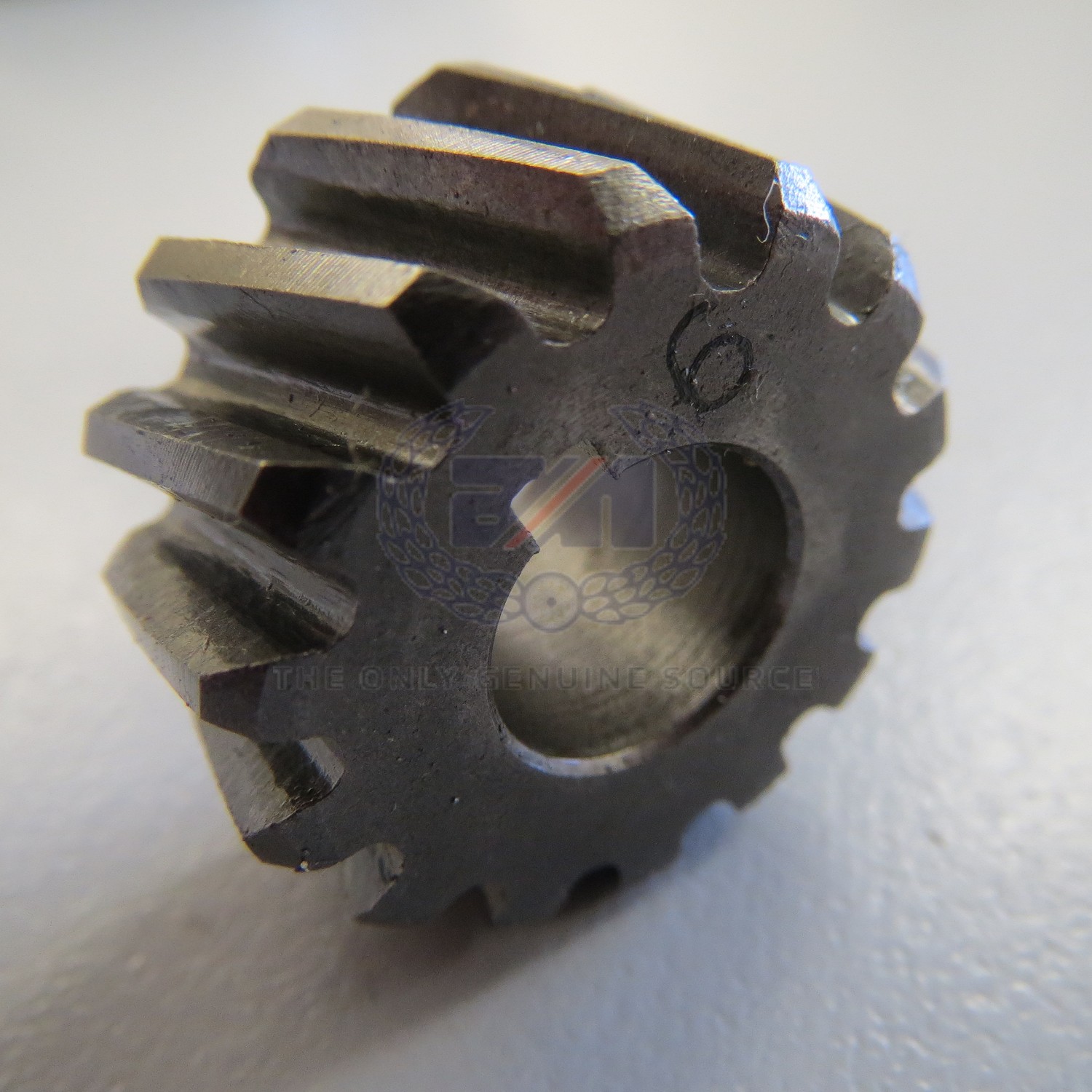- Joined
- Jul 25, 2015
- Messages
- 1,182
All I can say is that whatever the figure it is enough to ensure that I only need close one tap to ensure that oil goes through coolerrather than back to tank . it was a discovery made by accident and lead to amuch neater installationthan the previous one of using two taps. And it has worked pretty well since the late 1970s. For it to work properly i wouldhave thought morethan 0.33 wouldbe necessary butin the wordsofan old song you never can tell



